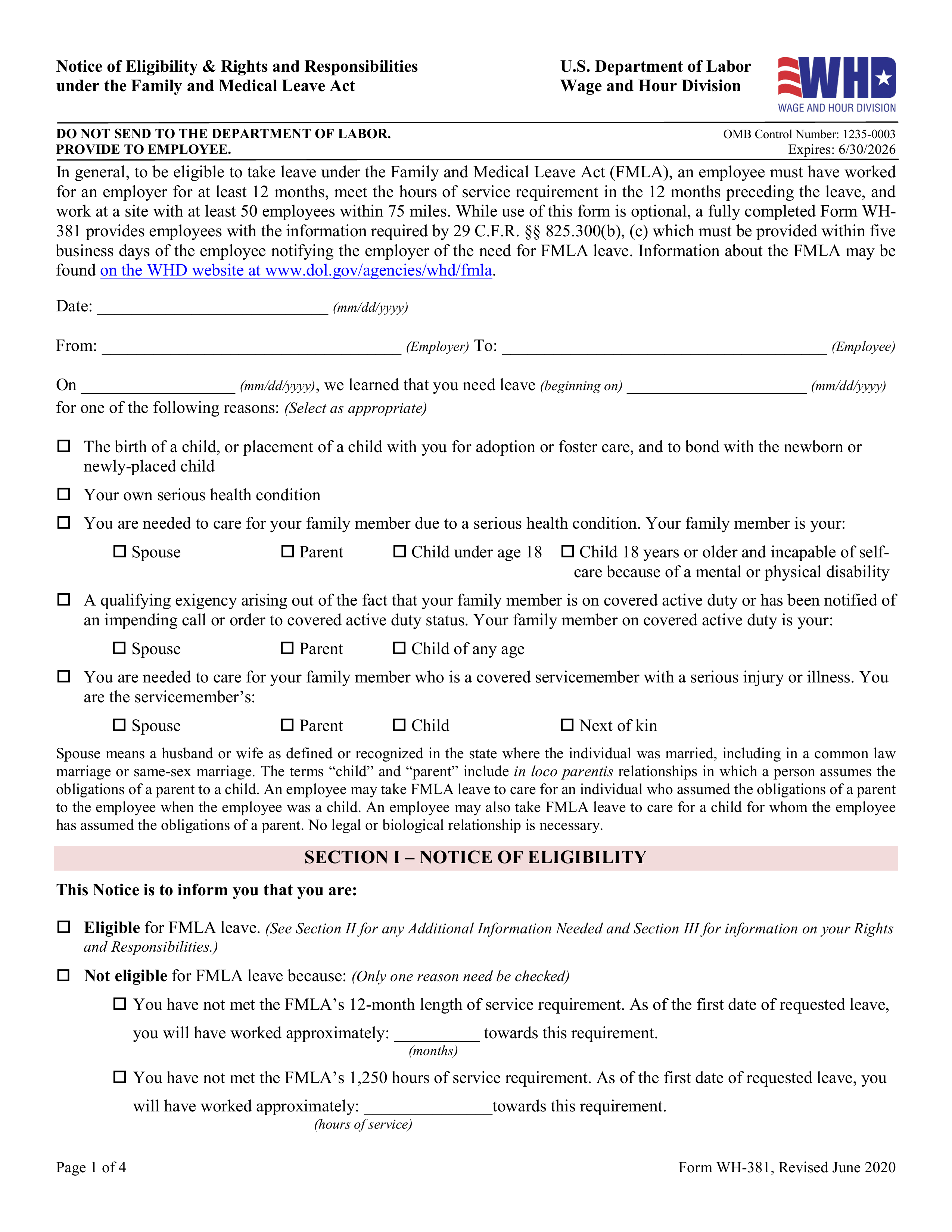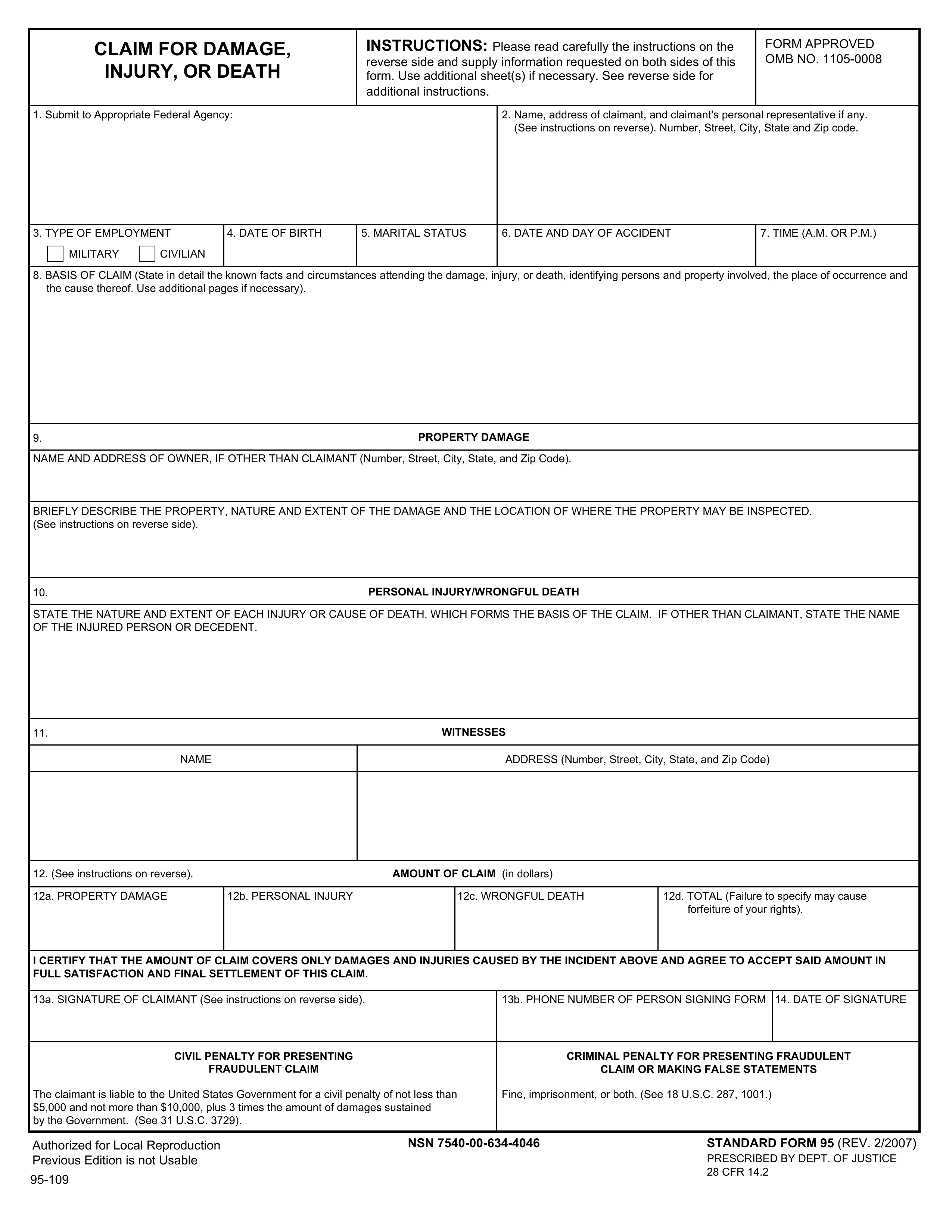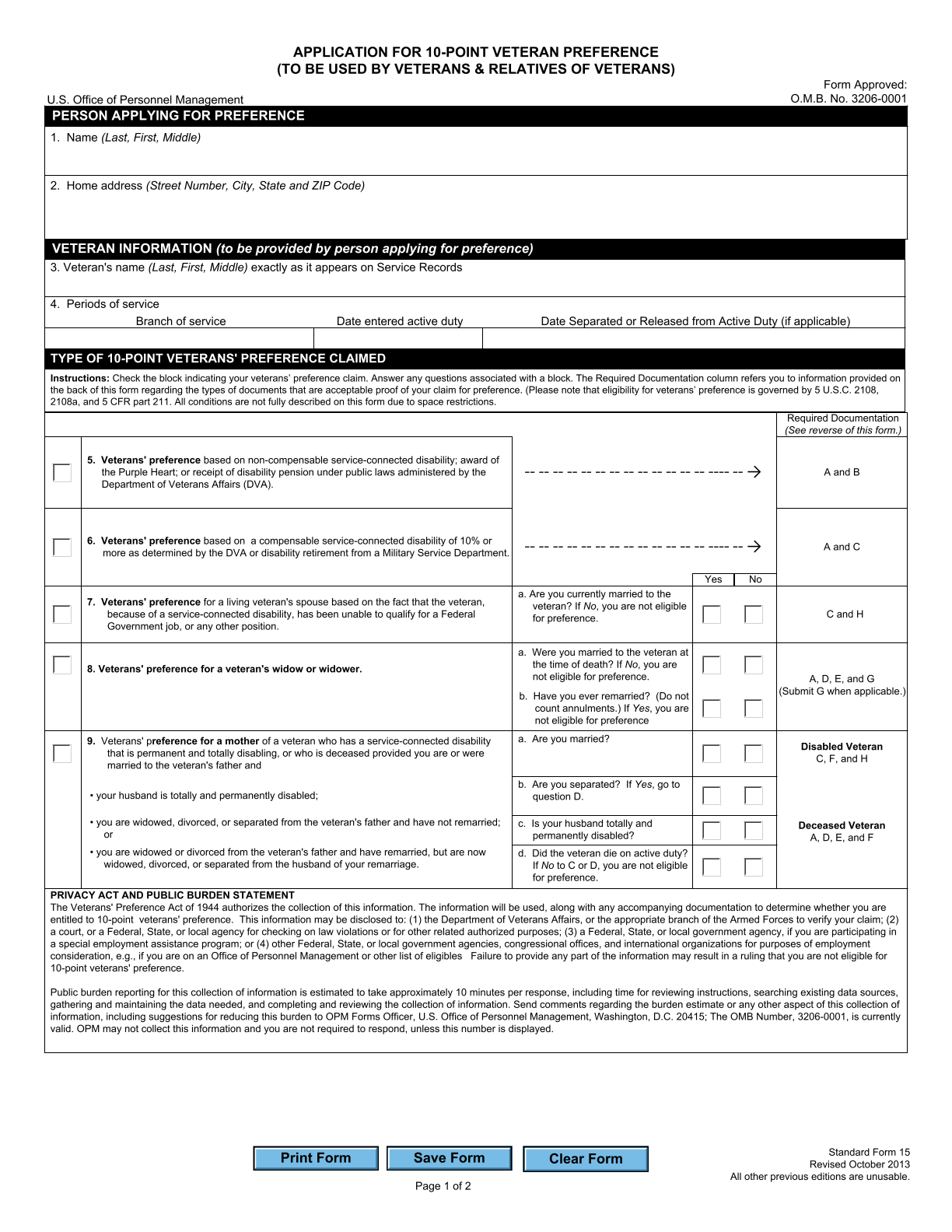What is Form N1?
Form N1 is a notice that landlords in Ontario must use to inform tenants about an upcoming rent increase. This form is essential as it ensures landlords comply with Ontario's regulations, which protect tenants from excessive rent hikes. Landlords are required to provide this notice at least 90 days before the increase takes effect, and they can only raise rent once every 12 months. Understanding this form helps tenants know their rights and the proper procedures regarding rent increases.
What is Form N1 used for?
Form N1 is important for both landlords and tenants. Here’s what it’s used for:
- Rent Increase Notification: Notifies tenants about a rent hike.
- Guideline Increase: Applies the annual allowable increase to rent every 12 months.
- Special Permission: Requests approval for increases beyond the guideline amount.
- Proper Notice: Ensures notice is served at least 90 days before the increase, complying with rental regulations.
How to fill out Form N1?
- 1
Fill in Tenant Information: Enter the tenant's legal name and nickname (if applicable), and all names for joint tenancies.
- 2
Provide Landlord Information: Input the landlord's legal name and the rental unit's address.
- 3
Specify Rent Increase Details: State the date of the rent increase and the new rent amount, including dollars and cents.
- 4
State Payment Frequency: Indicate how often the tenant must pay rent (e.g., monthly, yearly).
- 5
Include Percentage Increase: Mention the percentage increase if applicable.
- 6
Ensure Proper Timing: Make sure to serve the notice at least 90 days before the rent increase date.
Who is required to fill out Form N1?
Landlords in Ontario, Canada, are responsible for completing the N1 Form to officially notify tenants of a rent increase, in accordance with provincial regulations. After the form is filled out, tenants use it to understand the details of the rent increase, which must be communicated 90 days prior to its effective date.
When is Form N1 not required?
If the unit falls under Form N2, which covers exemptions from rent increase rules, or if it's a care home unit (Form N3), you don't require Form N1. Additionally, if the landlord has occupied the unit since 1975 or the building wasn't used for residential purposes before November 1, 1991, Form N1 isn't necessary.
When is Form N1 due?
The deadline for Form N1, Notice of Rent Increase, is at least 90 days before the rent increase takes effect. This notice can only be served once every 12 months, and any increase must follow the approved guideline unless special permission is granted.
How to get a blank Form N1?
To obtain a blankN1 Form, Notice of Rent Increase, just visit our website PDF Guru. The form, issued by the Tribunals Ontario, is pre-loaded in our editor, making it easy to fill out online. Please note: our platform helps you complete and download forms, but does not handle their submission.
How to sign Form N1 online?
To sign Form N1, Notice of Rent Increase, ensure you use a handwritten signature from the landlord or an authorized representative, along with the date. For the most accurate and up-to-date information, always check the latest updates. Use PDF Guru to fill out the form, download it, and handle any submission processes through the appropriate channels.
Where to file Form N1?
You can deliver the N1 Form (Notice of Rent Increase) in Ontario personally, by mail, email (with tenant consent), or by leaving it in the tenant’s mailbox or under the door.
It must be given at least 90 days before the rent increase takes effect. No filing with a government agency is required.







